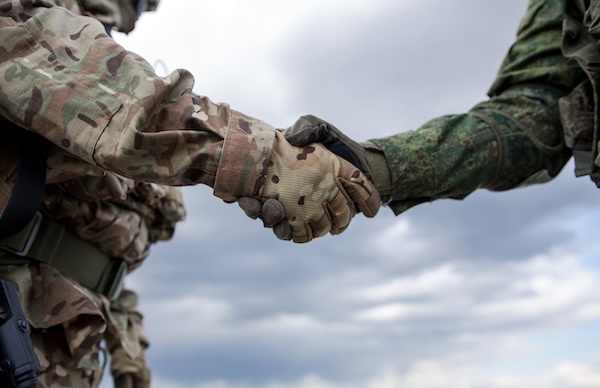Ultimate Reconciliation

History is full of remarkable stories of reconciliation, where warring parties have made peace and become friends.
There are few sights more extraordinary than seeing two soldiers wearing different uniforms embracing across battle lines.
Some nations have never truly embraced peace with their enemy, and despite many long-term battles, there has never been a lasting cease fire, nor any real hope of ending conflict.
One of the most famous foes in history has been the Jews and the Gentiles, the chosen people of God and the foreigners who were outside the promise of God.
The thought that there would be the prospect of lasting reconciliation between Jew and Gentile was nothing more than an impossible dream.
This is what makes the impact of the cross of Christ so extraordinary.
In Paul’s letter to the Ephesians he focuses on the reconciliation between Jew and Gentile that has been made by Jesus.
But the reconciliation does more than break down the barriers between these two ethnic groups: it creates one, new body in Jesus Christ, himself, for as we read:
“Christ himself has brought peace to us. He united Jews and Gentiles into one people when, in his own body on the cross, he broke down the wall of hostility that separated us. […] Together as one body, Christ reconciled both groups to God by means of his death on the cross, and our hostility toward each other was put to death.” (Ephesians 2:14, 16)
This is the greatest reconciliation in the universe, as it brings together two enemies and makes them into one, new body.
This, then, is the basis for the radical reconciliation that Jesus calls us to as we now show love to those to whom we are not united, and peace to those with whom we have been in conflict.
JODIE McNEILL
